Good day, fellow gardeners on hive; it's a wonderful evening, and I hope you had a great day. It's been an exciting week, though a bit stressful, but I still managed to pay a visit to my garden, and during my visit, I aimed to get some vegetables and water the various plants I've got there. I decided to tell you about one vegetable leaf I've got in my garden that's well known around here to be medicinal, edible, and good for our wellbeing.
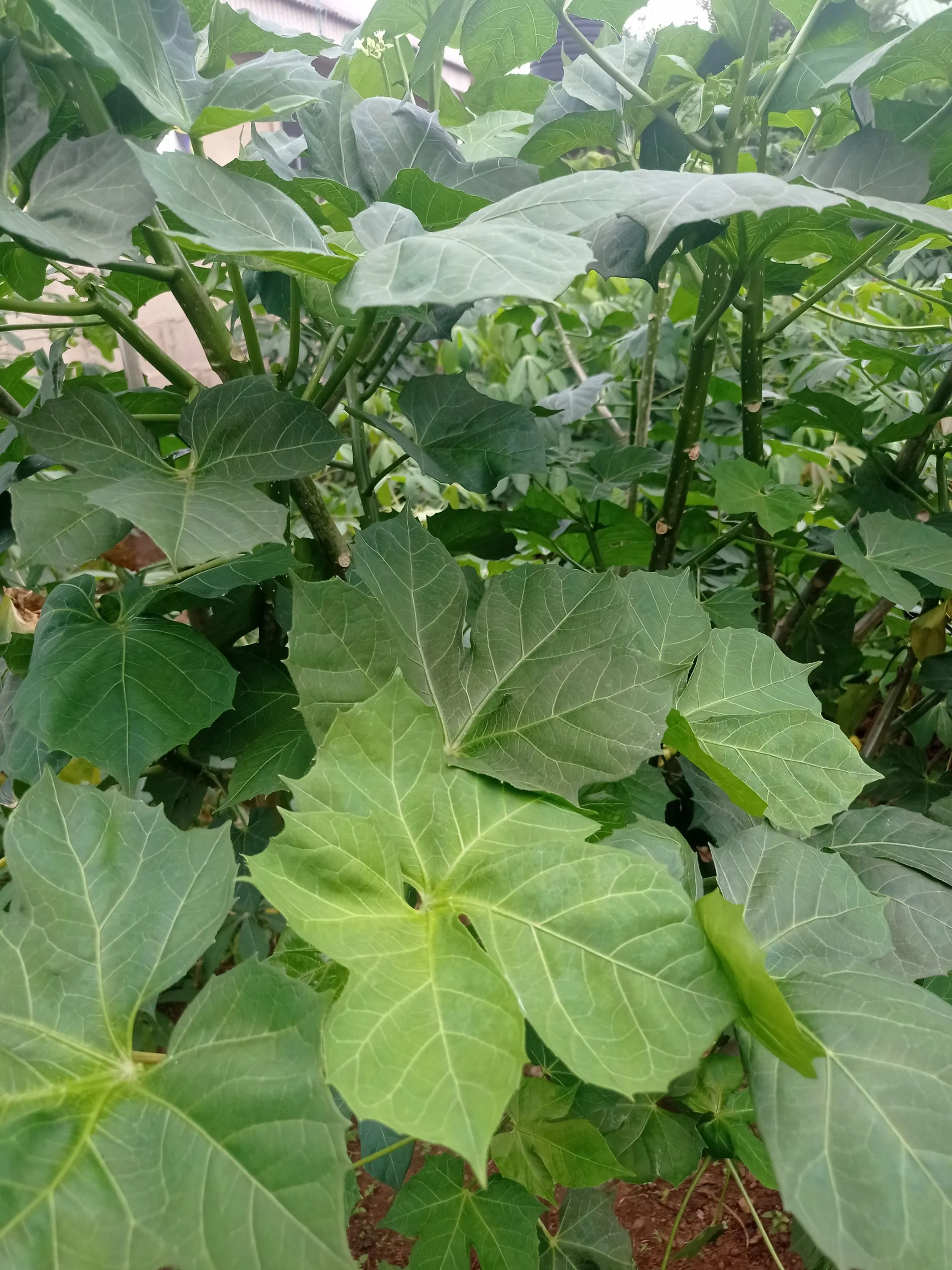
I'm talking about no other leaf but the tree spinach, or better yet, the Chaya leaf. Down here in Nigeria, it's well known among my Yoruba triber people as efo iyana ipaja or efo Jerusalem; those two names seem very funny and awkward, but I guess it was named that because of the numerous benefits the leaf housed. A simple Nigerian pigin name that'll best help you understand the two other names we call it is hospital too far, and that's a show of the fact that with this leaf, you can easily solve some medical issues without even paying a visit to the hospital but instead go to your garden to get this leaf and resolve the health issues.
Now, one of the benefits of these leaves is that they're rich in iron, which means they help solve blood-related issues like anemia and diabetes, aid the free flow of blood, moderate blood pressure, and other related issues. Growing up, my grandmother used to cook them as soup for us to eat or boil them with water for several minutes so we could drink them, and that helped us greatly.
I've been sick for the past couple of weeks, and since we just resumed at work, I don't want to make excuses to be absent so I won't be deemed unserious given the fact that I was on vocation for a month prior to this, and after paying a visit to the garden, I've been able to get my hands on this helpful leaf that changed my situation. Though I was having a bit of malaria, cough, and digestion issues, given the fact that it can be used for those too, that's why I visited the garden and also took these pictures.
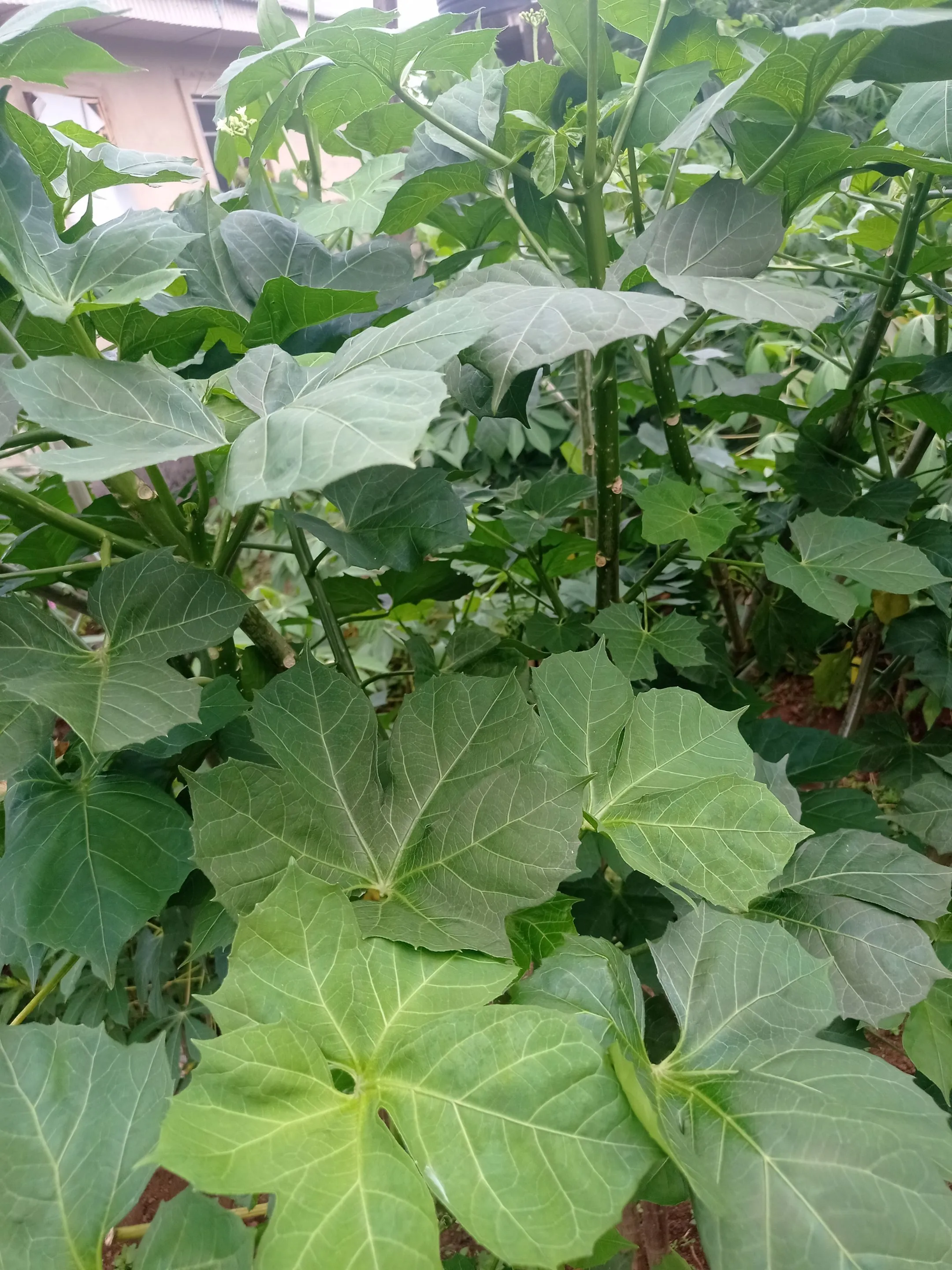
Before I bring my tips about the Chaya leaf to a close, please take heed to this precaution that should be taken with all seriousness: First, it's unadvisable to eat this leaf raw because it contains stuff that can make you have diarrhea or start vomiting, so in a nutshell, don't eat it raw; instead, boil it thoroughly before consumption. Also, this leaf touching your skin can lead to itching that makes you scratch and scratch the part it touches, so if you're not used to it, it's better to wear gloves when plunking it.
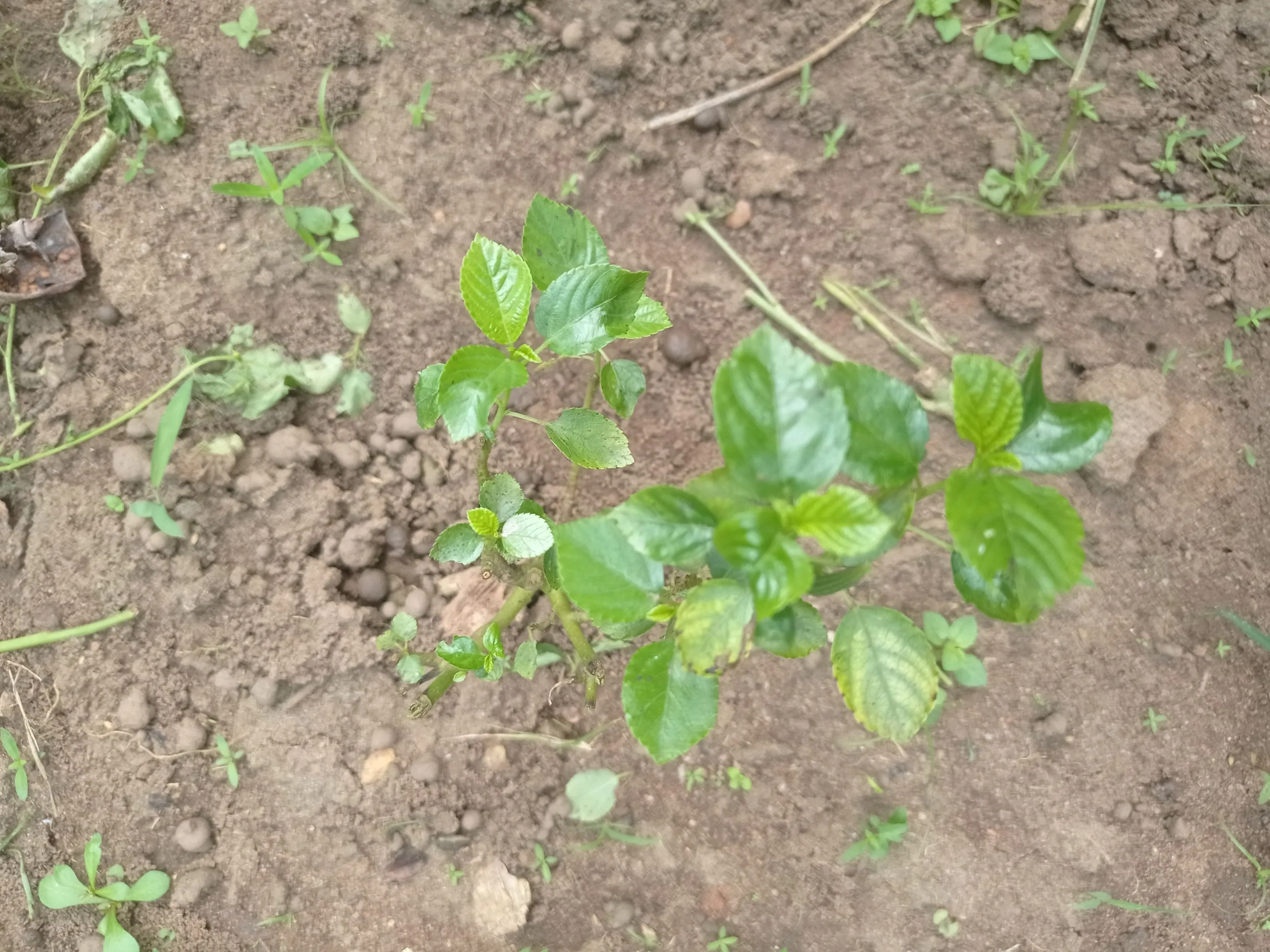 Here I also have the jute leaf in my garden, and just like the chaya leaf, it also has its own benefits,but I guess I'll talk about that some other time. It's also edible, although I'm not a fan, even though most of my tribe's people love it with their meals.
Here I also have the jute leaf in my garden, and just like the chaya leaf, it also has its own benefits,but I guess I'll talk about that some other time. It's also edible, although I'm not a fan, even though most of my tribe's people love it with their meals.
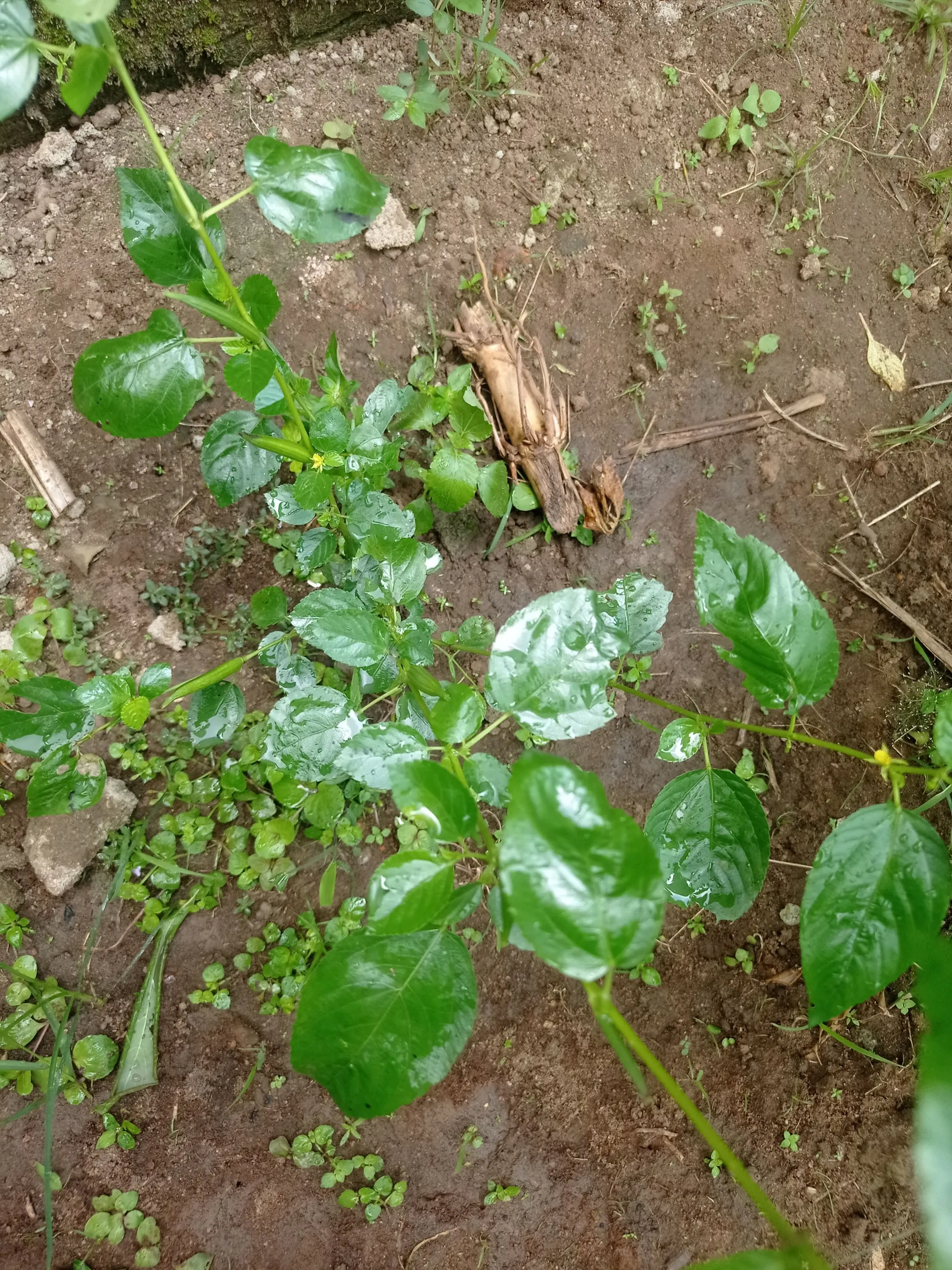
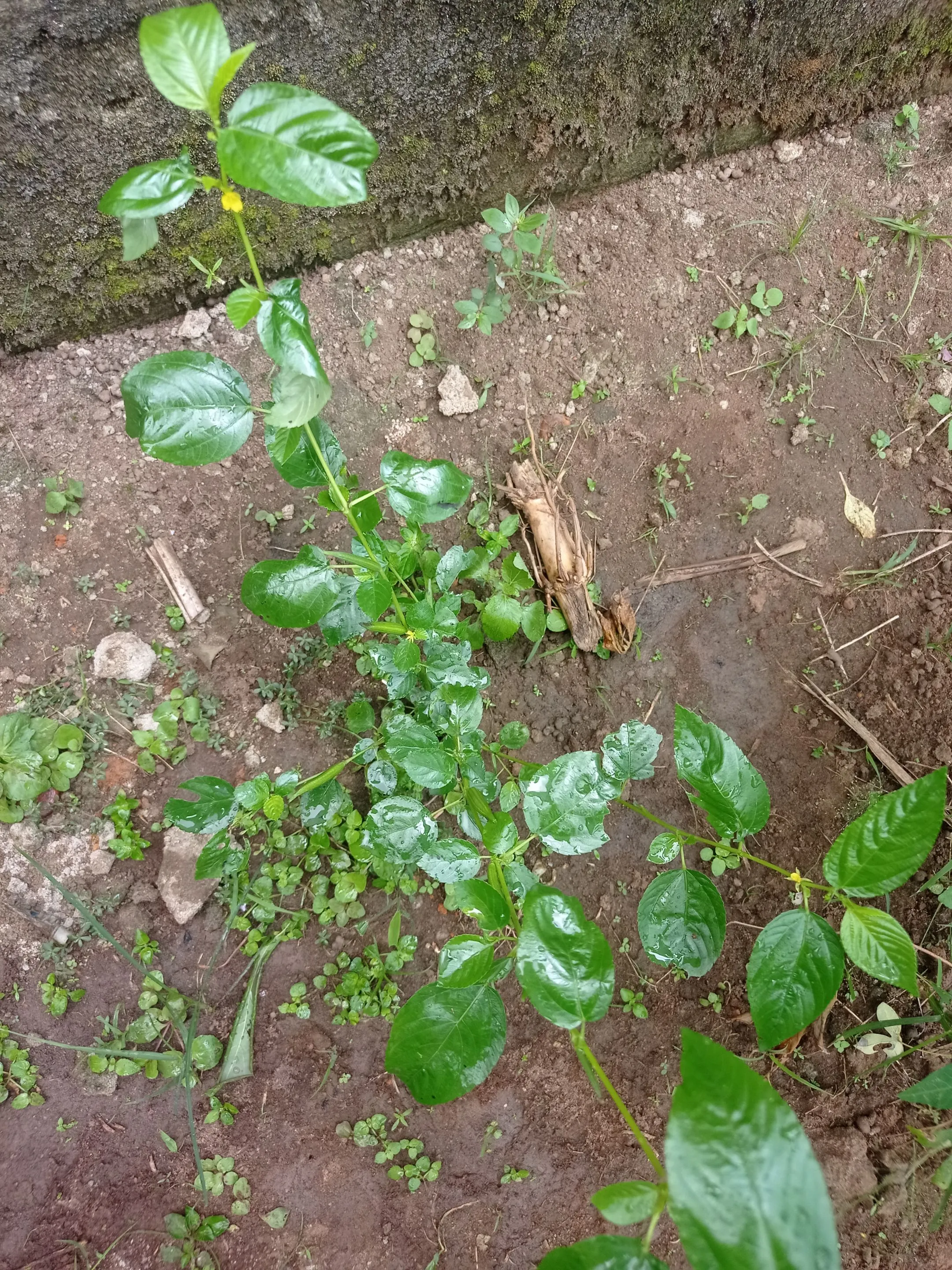 The jute leaf is commonly known as ewedu leaf down here in Nigeria. For this visit, I just watered it alongside other leafs and flowers I've got in my garden, and I'm excited I've got this garden that has helped me in many ways, such as health-wise, and also helped me reduce cost because I hardly need to pay a visit to the hospital, nor do I need to start buying some food items like vegetables when I already have them in my garden. I guess that's one of the benefits of being a homesteader.
The jute leaf is commonly known as ewedu leaf down here in Nigeria. For this visit, I just watered it alongside other leafs and flowers I've got in my garden, and I'm excited I've got this garden that has helped me in many ways, such as health-wise, and also helped me reduce cost because I hardly need to pay a visit to the hospital, nor do I need to start buying some food items like vegetables when I already have them in my garden. I guess that's one of the benefits of being a homesteader.
Thanks for your time. I hope you had a good read and learned a thing or two from my blog on the enormous benefits of the chaya leaf. Have a great day..
Return from Exploring the Health and Healing Properties of Efo Iyana Ipaja (Tree Spinach) in My Gardens to vickoly's Web3 Blog

